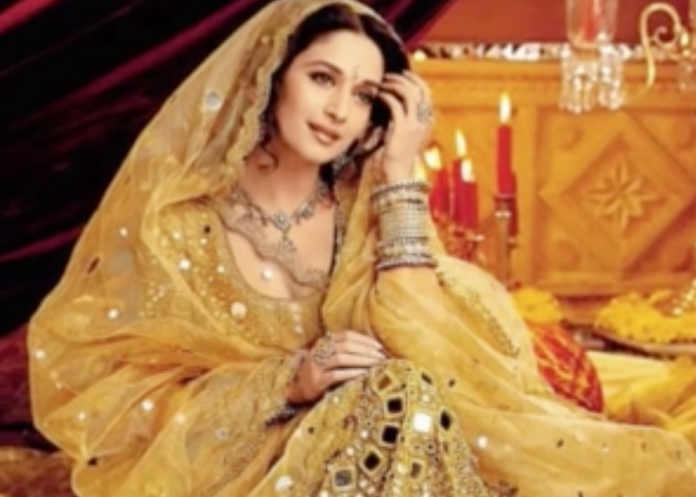Hanna-Mariam Chowdhury weaves her way to the V&A.
Indian culture is so enmeshed within British culture, especially in areas of East London such as Plaistow, that it’s hard to imagine a time when that was not the case.
But designs such as the 17th Century Moghul flowering plant motif on show at the Victoria and Albert Museum’s current Fabric of India exhibition only began to influence British designers after the Great Exhibition of 1851.
Designs such as this will have found their way here in the 19th Century amongst fresh tea leaves and aromatic, rich spices imported by the East India Company.
Running from October to January of next year, the V&A exhibition includes 200 objects from the third century through to the twenty-first.
When visiting, you are greeted by a sweet, musky scent and the sound of an Indian woman’s voice gently humming, and inside are fabrics from all over the subcontinent including Gujarat, Rajasthan, Bengal and Punjab.
I was particularly taken by the floral designs – which have recently made a big come back within the contemporary Asian fashions that you see in places like my local East London markets.
Speaking to the manager of Sareez by Anjali in the Green Street East Shopping Centre sometime after visiting the exhibition, I learned that another current trend is for orange and other colours to take over from the red usually worn by Asian brides.
It was another reminder of what the 1800 years’ worth of colours and patters I had seen at the V&A had shown me – which is that the Fabric of India, like the fabric of the East End, is always changing.
The Fabric of India runs at the V&A until January 10th 2016. Tickets cost £14.

